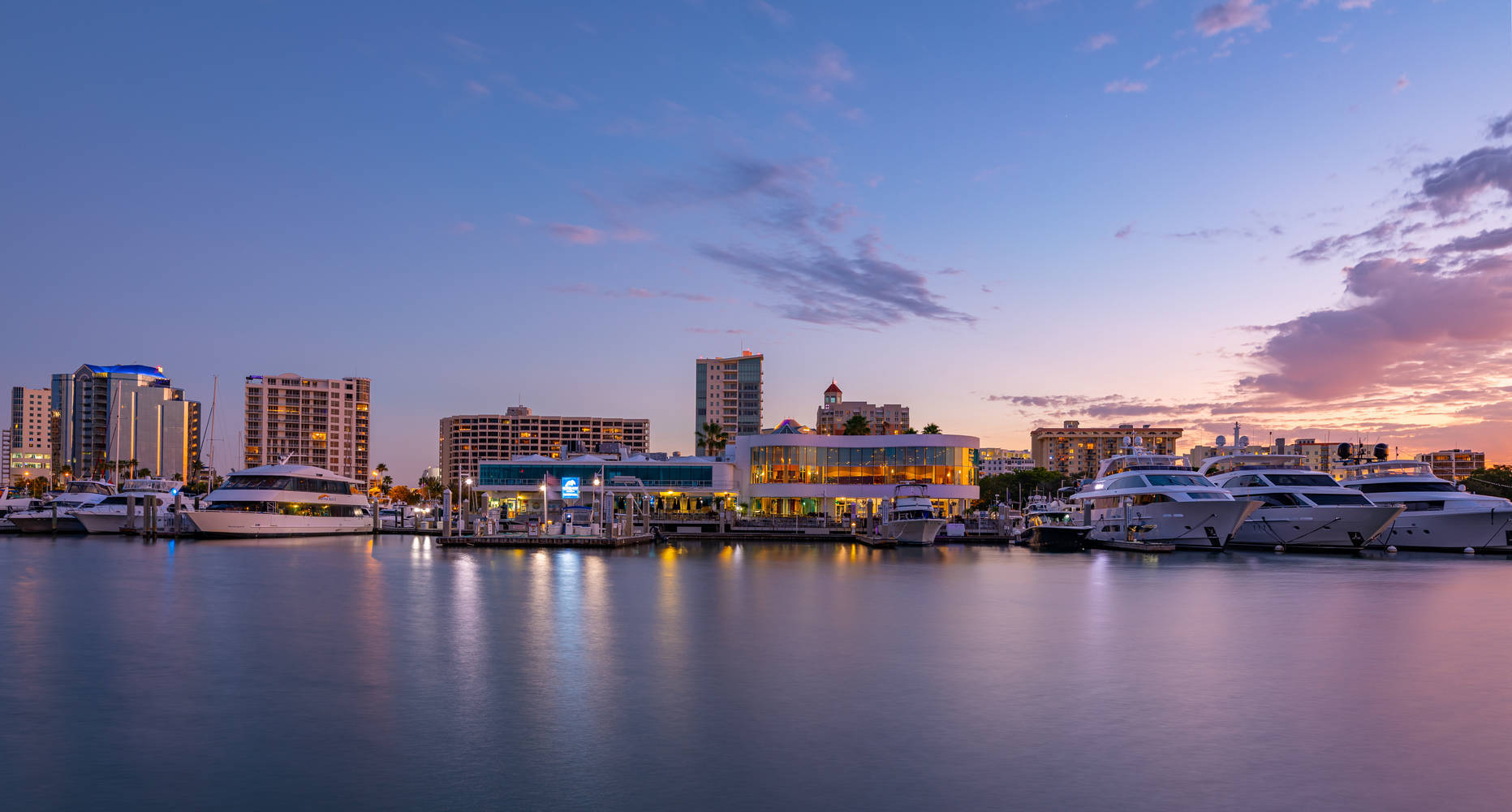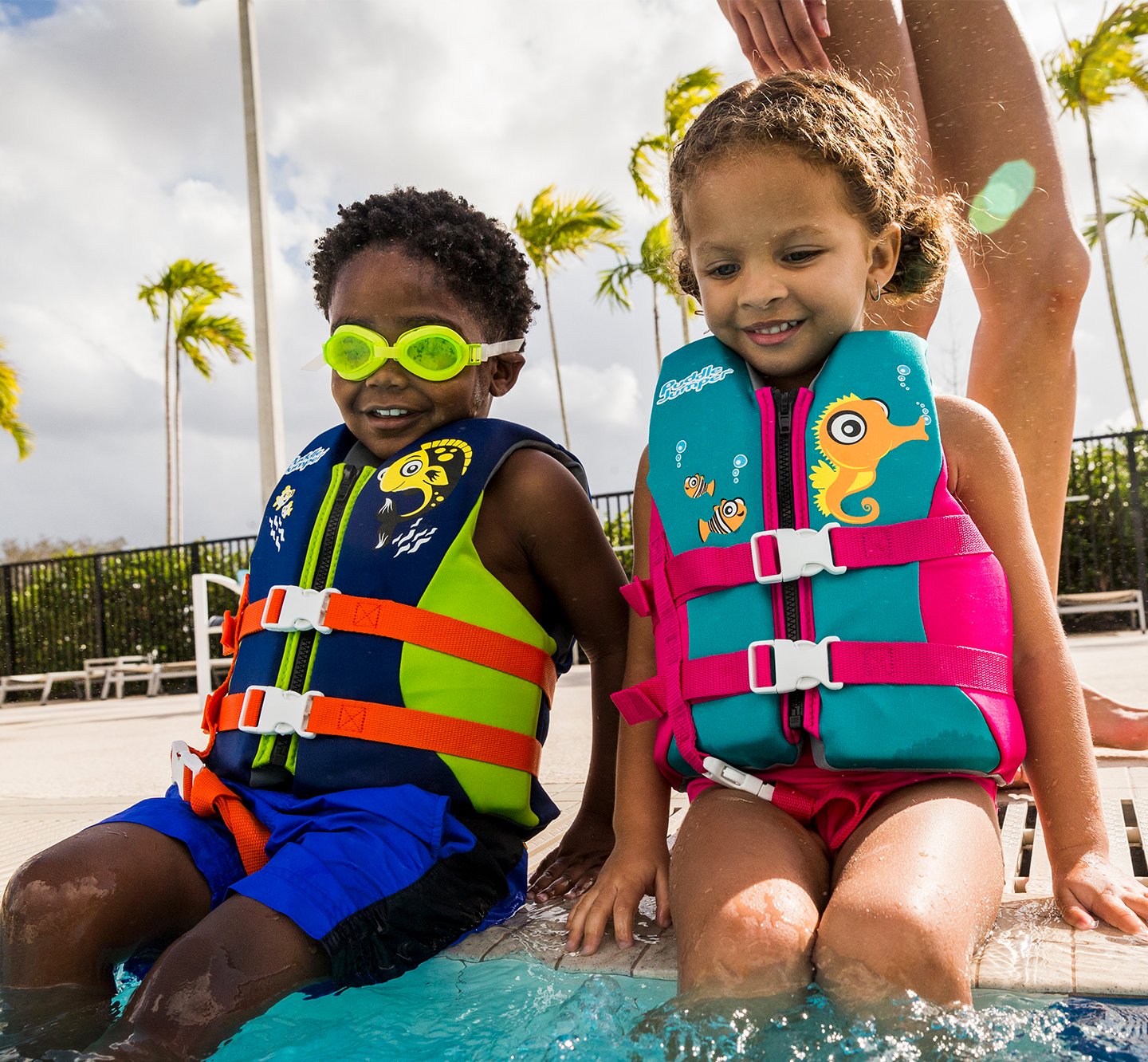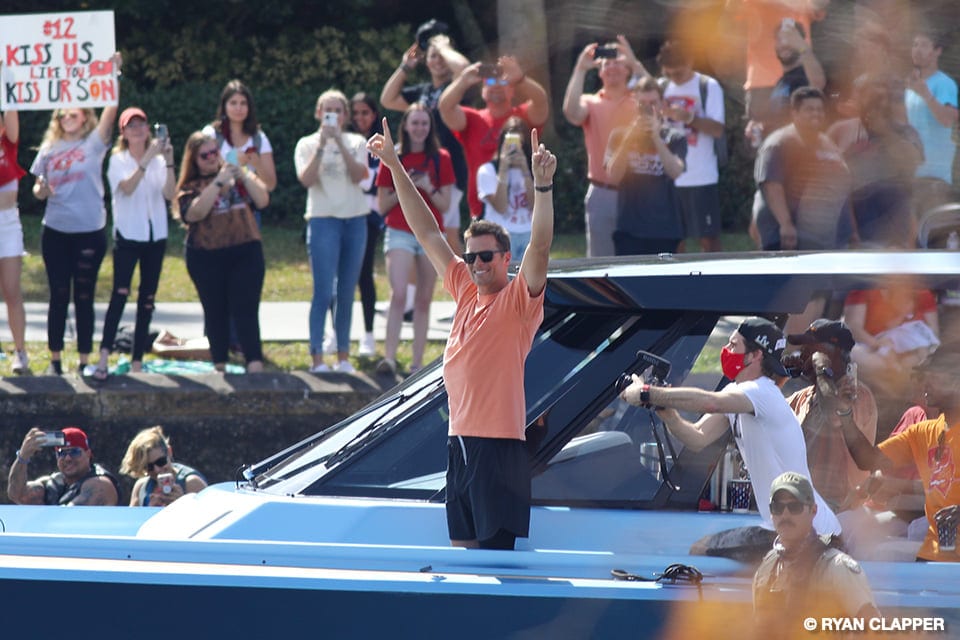Freshwater Fishing
Freshwater fishing is a popular recreational activity enjoyed by millions of people worldwide. It offers an opportunity for anglers of all skill levels to connect with nature while pursuing a diverse array of fish species. From serene lakes and streams to rushing rivers and reservoirs, freshwater habitats provide an abundance of opportunities for memorable experiences and successful fishing ventures.
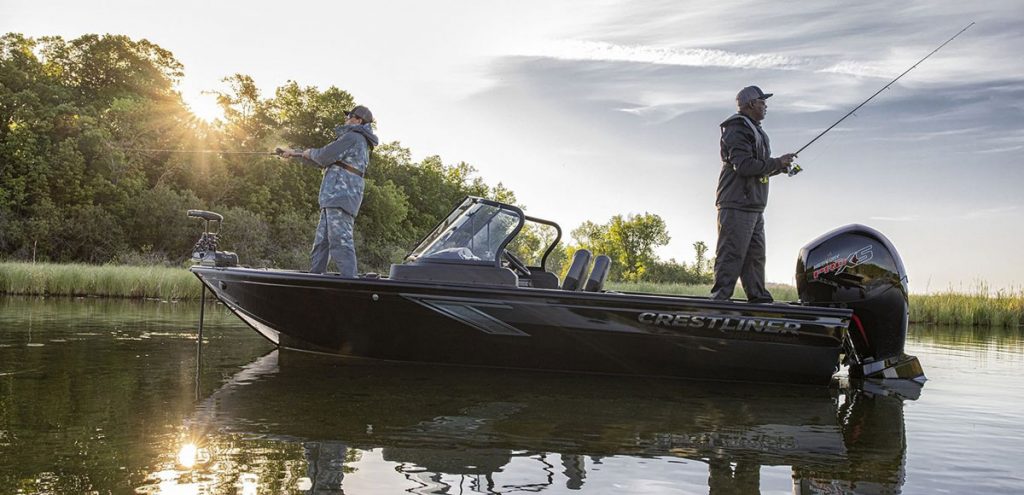
Before embarking on a freshwater fishing adventure, it is essential to understand the basics such as the necessary equipment, common fish species, and key techniques to improve your chances of success. Additionally, selecting the optimal fishing location and conditions, being aware of boating and kayaking possibilities, and knowing how to obtain the required fishing licenses are crucial aspects that all anglers should be knowledgeable about.
Key Takeaways
- Familiarizing yourself with equipment and techniques is crucial for a successful freshwater fishing experience.
- Choosing the right location and understanding fish species will significantly enhance your fishing prospects.
- Being aware of regulations and licensing requirements ensures a responsible and enjoyable fishing trip.
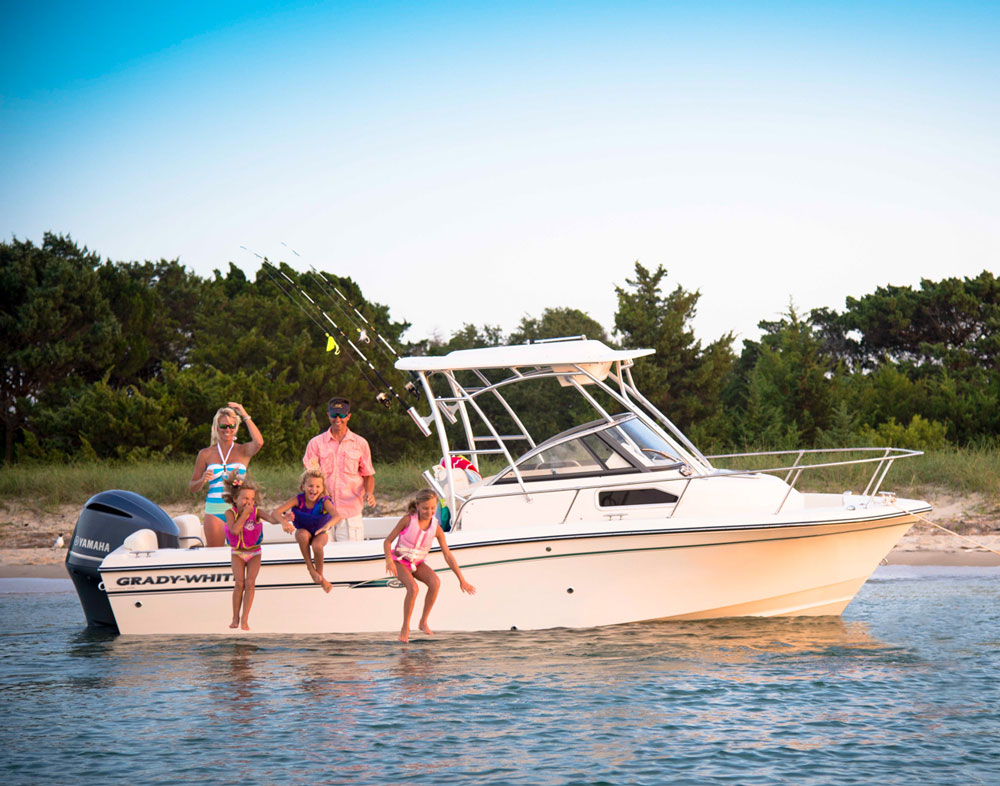
Fundamentals of Freshwater Fishing
Freshwater fishing is a popular outdoor activity that is both enjoyable and rewarding. For those who are new to this activity, it's essential to learn the basics to ensure a fun and successful fishing experience. This section will discuss some important fundamentals of freshwater fishing, focusing on fishing basics, use of life jackets, waders, and other considerations.
First and foremost, it's important to familiarize oneself with the fishing basics such as setting up your fishing gear, understanding the types of fishing rods and reels, bait selection, and proper casting techniques. Mastering these essential skills will help anglers have a more efficient and productive fishing experience. Additionally, knowing local regulations and acquiring any necessary permits or licenses is crucial for responsible angling.
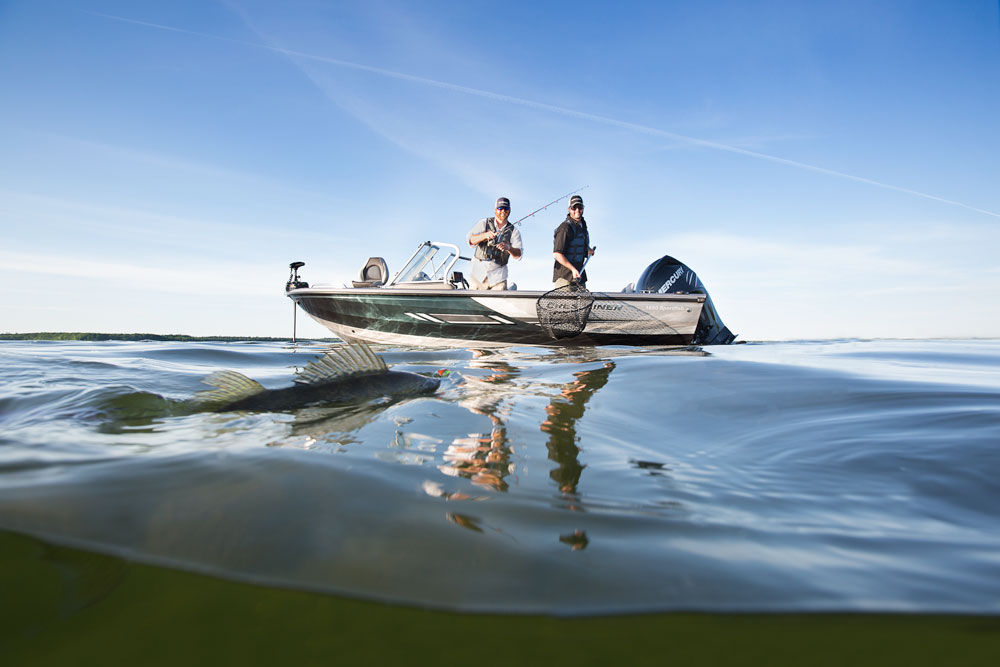
Safety is another important aspect of freshwater fishing. Wearing a life jacket is always recommended, regardless of a person's swimming abilities. Life jackets provide buoyancy and help keep anglers afloat in case of accidental submersion. There are various types of life jackets available on the market catering to different needs and preferences. Choosing a comfortable, well-fitted life jacket is key to ensuring safety during fishing trips.
Waders are another useful piece of equipment for anglers who plan to fish in shallow waters or want to venture deeper into the water. They provide a waterproof barrier that allows anglers to stay dry while wading through the water and can also offer additional protection against the cold. There are different types of waders available, such as hip-waders and chest-waders, depending on an angler's needs. Selecting the appropriate type and material of waders (e.g., neoprene, rubber, or breathable fabric) should be based on factors such as water temperature, conditions, and personal preference.
In conclusion, understanding the fundamental aspects of freshwater fishing and investing in the right gear, such as life jackets and waders, can greatly enhance one's fishing experience and ensure a safe and enjoyable time on the water. Always remember to follow local regulations, prioritize safety, and practice responsible angling for a successful freshwater fishing adventure.
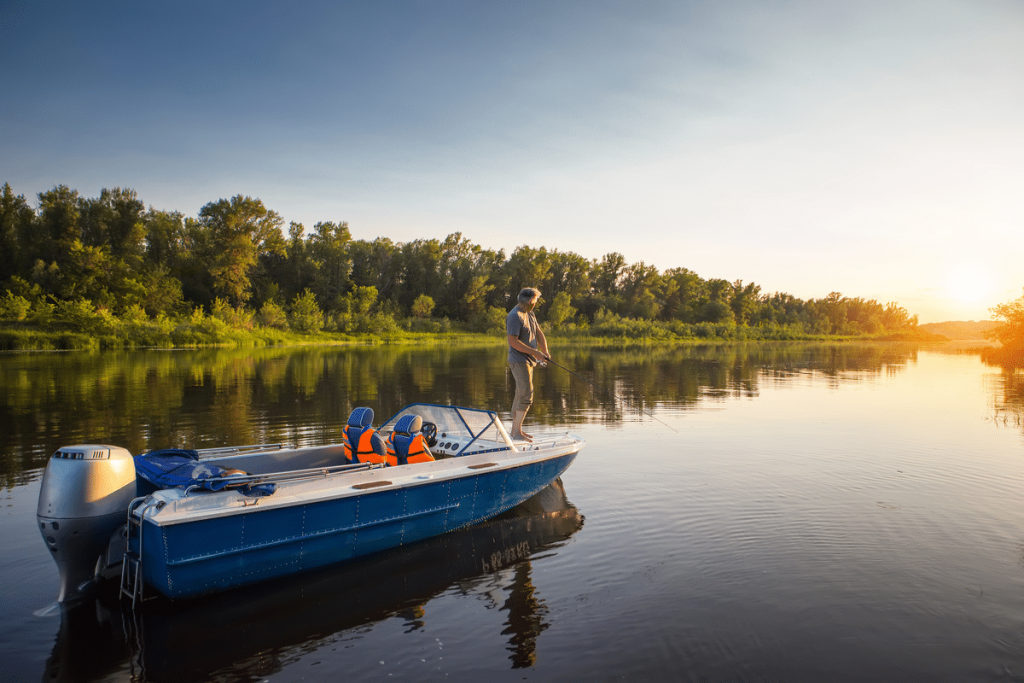
Knowing Your Equipment
Rods and Reels
When it comes to freshwater fishing, selecting the right rod and reel combo is crucial for success. Generally, there are three types of fishing rods: fiberglass, graphite, and composite. Fiberglass rods are durable and budget-friendly, while graphite rods are lighter and more sensitive, allowing you to feel fish bites better. Composite rods combine the durability of fiberglass with the sensitivity of graphite. The right choice depends on your personal preferences and target species.
There are three main types of fishing reels for freshwater fishing: spinning, baitcasting, and spincast reels. The spinning reel is the most versatile and user-friendly option for beginners, as it has fewer chances of tangled lines. Baitcasting reels are preferred by experienced anglers as they offer greater accuracy. In contrast, spincast reels are easy to use and are an excellent choice for beginners or children.
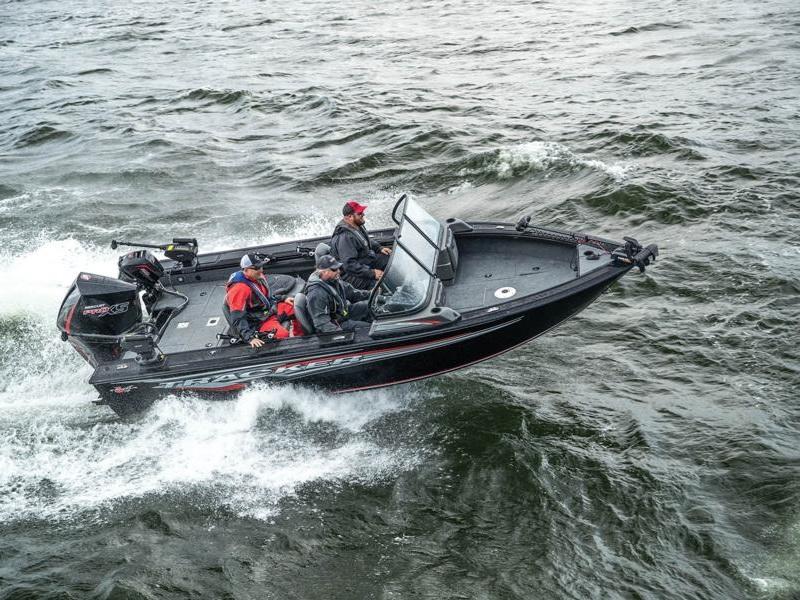
Tackle and Baits
Your tackle setup is vital for freshwater fishing success. First, select the right type of fishing line according to the targeted fish species and water conditions. Three popular line types are monofilament, fluorocarbon, and braid. Monofilament is the most common line type, while fluorocarbon is nearly invisible underwater and braid offers higher strength-to-diameter ratios.
Here are some essential tackle items:
- Hooks: Various hook sizes and shapes are available depending on the target species and bait used.
- Lures: Artificial bait, like jigs or plastic worms, are used to attract fish. Choosing the right lure color and size can improve your chances.
- Live bait: Natural bait, such as worms, minnows, or insects, can be effective in attracting fish.
- Bobbers: Floats, or bobbers, help signal when a fish takes the bait.
- Weights: Split shot sinkers add weight to your line to control casting distance and depth.
- Swivels: These devices connect lines and reduce line twisting.
Whether shopping at a tackle shop or browsing online, it's crucial to know which gear is right for your fishing experience. By familiarizing yourself with different rods, reels, and tackle items, you'll be well-prepared for a successful freshwater fishing outing.
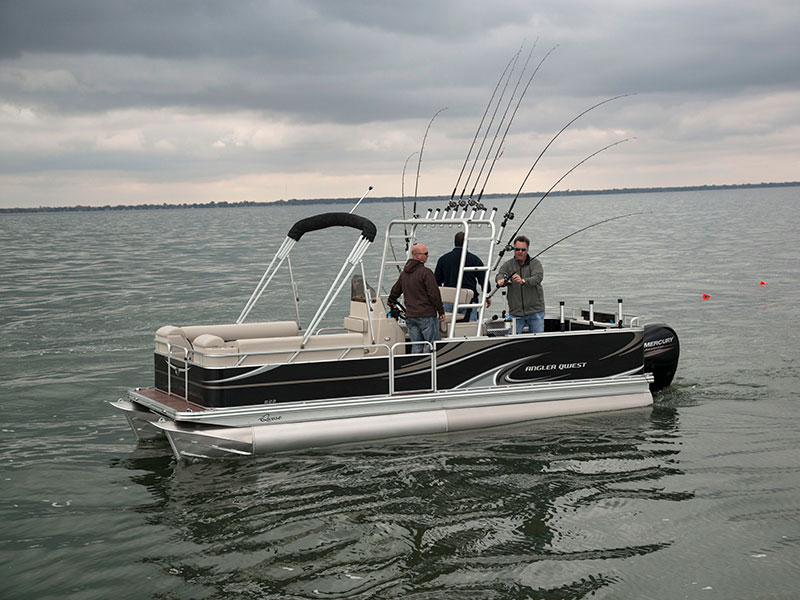
Understanding Freshwater Fish Species
Freshwater fishing is a popular recreational activity that attracts millions of anglers worldwide. To fully appreciate this pastime, it is essential to have a basic understanding of the various freshwater fish species. This knowledge can improve not only the angler's fishing experience but also contribute to the effective management and conservation of these fish populations.
Common Freshwater Game Fish
There is a wide variety of freshwater game fish that anglers target, each requiring specific fishing tactics and techniques. Some of the most popular game fish species include:
- Bass: There are several types of bass, including largemouth bass, smallmouth bass, and spotted bass. These sport fish are highly sought after for their aggressive feeding habits and strong fighting ability.
- Trout: Trout species include brown trout, brook trout, and rainbow trout. These fish thrive in cold, clear water and are known for their colorful patterns and selective feeding habits.
- Walleye: Walleye is a predator fish with a keen sense of sight and taste. They are challenging to catch due to their elusive nature, making them a prized catch for many freshwater anglers.
- Pike: Northern pike is a top predator species in freshwater habitats. With their razor-sharp teeth and lightning speed, pike provide a challenging and exciting experience for anglers.
- Catfish: Channel catfish are a popular target for freshwater anglers due to their large size and strong fighting ability. They are bottom dwellers, often found lurking in deep, dark holes, which adds an element of mystery to catching them.
- Panfish: Panfish encompasses several smaller species, including crappie, bluegill, and sunfish. These fish are commonly targeted by novice anglers, as they are relatively easy to catch and provide an excellent opportunity to learn various fishing techniques.
- Carp: Carp are one of the most widely distributed freshwater fish species in the world. Although considered a nuisance by some anglers, carp can grow to massive sizes and present a unique challenge for those who choose to pursue them.
Knowing the characteristics and habits of these freshwater fish species can significantly enhance an angler's understanding of their quarry. This information can lead to more successful fishing trips and contribute to the overall enjoyment of the sport. By recognizing the diverse array of freshwater game fish, anglers can also play a crucial role in conservation efforts and ensure that these beloved species continue to thrive in their natural habitats.
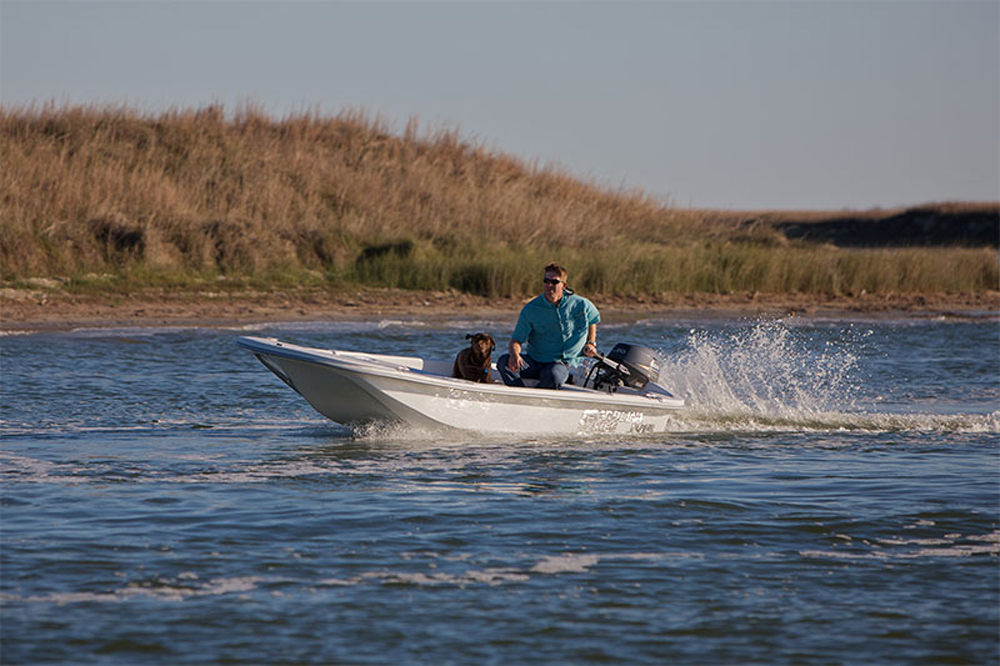
Finding the Best Fishing Location
When it comes to freshwater fishing, choosing the right location can significantly impact your success and enjoyment. In this section, we'll explore two types of freshwater fishing locations: lakes and ponds, and rivers and streams.
Lakes and Ponds
Lakes and ponds offer abundant opportunities for anglers to find the perfect fishing spot. These bodies of water typically contain diverse fish species, making them ideal locations for anglers with various preferences. When selecting a lake or pond to fish, consider the following:
- Accessibility: Ensure the location is easy to reach and has suitable areas for bank fishing or launching a boat.
- Fish Population: Research the types of fish present in the lake or pond to ensure it aligns with your target species.
- Map Study: Utilize maps to identify potential hotspots for fishing, such as deeper areas, underwater structures, and weed beds.
While fishing in lakes and ponds, take note of successful spots for future trips. The key is to continuously learn and adapt to the water body's conditions and fish behavior.
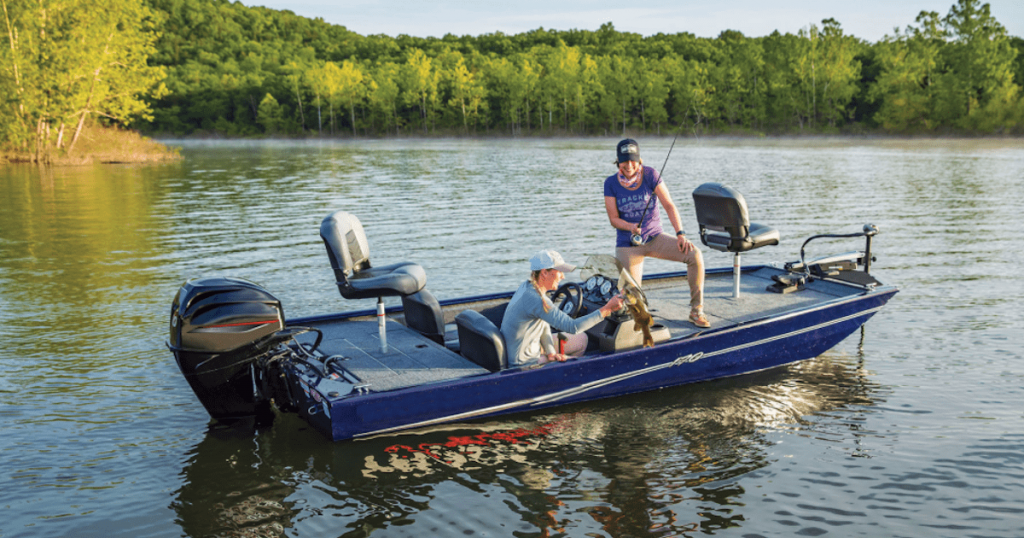
Rivers and Streams
Rivers and streams provide another excellent option for freshwater fishing. The fast-flowing waters and diverse ecosystems offer a unique fishing experience. Keep these factors in mind when selecting a river or stream to fish:
- Accessibility: Like lakes and ponds, access to the fishing spot is essential. Look for areas where you can fish from the bank, wade in the water, or safely launch a boat.
- Fish Population: Research the types of fish in the river or stream, ensuring they align with your target species. These environments often provide excellent opportunities to catch trout, bass, and various other game fish.
- Reading the Water: Learn to identify promising fishing spots by examining the water's flow, depth, and structure. Fish tend to congregate in areas such as pools, riffles, and undercuts along the bank.
Rivers and streams require a slightly different approach to fishing than lakes and ponds. Adjust your technique to accommodate the current and ever-changing conditions to maximize your success.
By carefully selecting your fishing location and adapting your techniques to the environment, you're sure to enjoy a rewarding freshwater fishing experience.
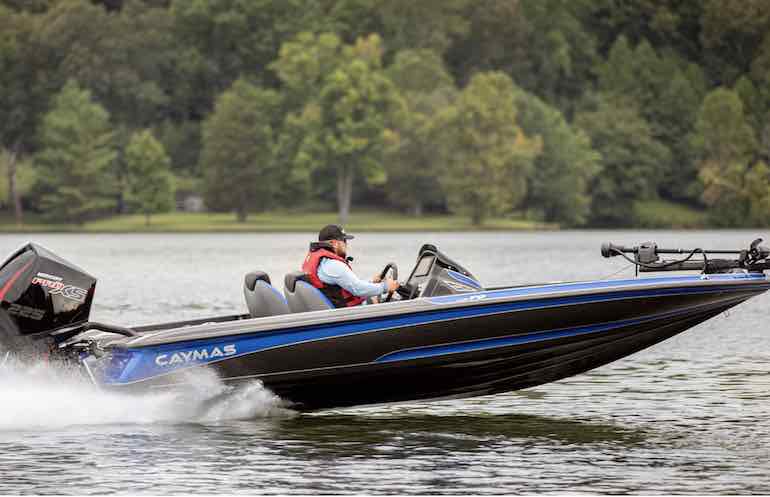
Optimal Fishing Conditions
Weather Patterns
Successful freshwater fishing greatly depends on favorable weather conditions. Fish tend to be more active and feed more aggressively when the weather is cloudy or overcast. On the other hand, sunny days can cause fish to retreat to shaded areas, making them harder to locate and catch.
Moon Phases
Moon phases also affect fish activity levels. Both full and new moon phases can create optimal fishing times due to increased tidal movements. During these periods, the stronger currents caused by gravitational forces can encourage fish to feed more actively.
Sunset and Sunrise
Fish activity often peaks during the twilight hours surrounding sunrise and sunset. During these times, the reduced light conditions make fish feel safer and more willing to venture out in search of food. Anglers are more likely to have success in catching fish during these brief windows of time.
Water Temperatures
Freshwater fish species often prefer specific temperature ranges for optimal comfort and feeding behavior. For example, largemouth bass tend to show increased feeding activity during transitional temperature periods, such as the onset of spring and the beginning of fall when water temperatures are cooler. Understanding the preferred temperature range of your target fish species can greatly increase your chances of success.
By considering the effects of weather patterns, moon phases, sunset and sunrise times, and water temperatures on fish activity levels, anglers can plan their fishing trips to maximize their chances of success. Properly timing your fishing excursions and understanding the environmental factors influencing fish behavior are key components of effective freshwater fishing strategies.
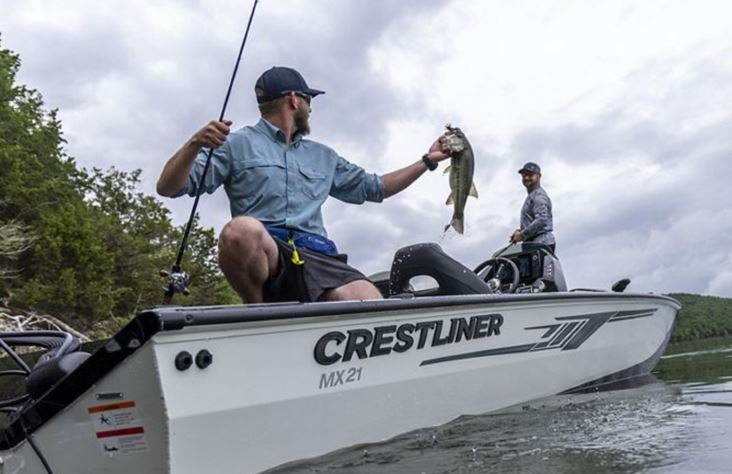
Techniques for Success
When it comes to freshwater fishing, there are a variety of techniques that can lead to success. These methods cater to anglers of different skill levels, personal preferences, and targeted fish species. In this section, we will discuss three key aspects to improve your freshwater fishing experience: casting methods, knot-tying techniques, and landing the fish.
Casting Methods
There are several casting methods used in freshwater fishing. Each method has its unique advantages, and the best approach will depend on the angler's skill level and the specific circumstances.
- Trolling: This method involves dragging lures or baited hooks behind a moving boat. Trolling is effective for covering large areas and targeting deep-dwelling fish species.
- Fly fishing: A popular technique for catching trout and other species, fly fishing utilizes an artificial fly and specialized casting techniques to mimic the actions of insects and other prey.
- Fishing basics: For beginners, mastering the simple overhead cast and the sidearm cast can make a big difference in your casting accuracy and fishing success.
Knot-Tying Techniques
A solid, well-tied knot is essential for maintaining a strong connection between your line, hook, and bait. Various knots serve different purposes, but some knots are versatile and useful in many situations.
- Cinch knot: Also known as the improved clinch knot, this is a popular and reliable choice for tying your line to a hook or lure. It is relatively easy to tie and provides a secure connection.
- Palomar knot: This knot is known for its strength and simplicity, making it an excellent option for connecting hooks and lures to your line.
- Blood knot: Ideal for connecting two lines of similar diameter, the blood knot is commonly used in fly fishing to join leader material to the main fly line.
Landing the Fish
Once you have hooked a fish, the challenge lies in bringing it to shore or into your boat. The following tips can help ensure a successful landing:
- Maintain steady pressure: Keep the line tight and avoid sudden jerks or changes in tension, as this can cause the hook to come loose or the line to break.
- Don't rush: Be patient, and allow the fish to tire itself out. This will make it easier to bring the fish in.
- Use a net: A landing net can help prevent the fish from escaping and is especially important when targeting larger or stronger species.
Overall, the key to success in freshwater fishing lies in mastering these techniques and adapting them to your specific needs and preferences. Remember, practice makes perfect, and successful anglers are those who continually strive to improve their skills.
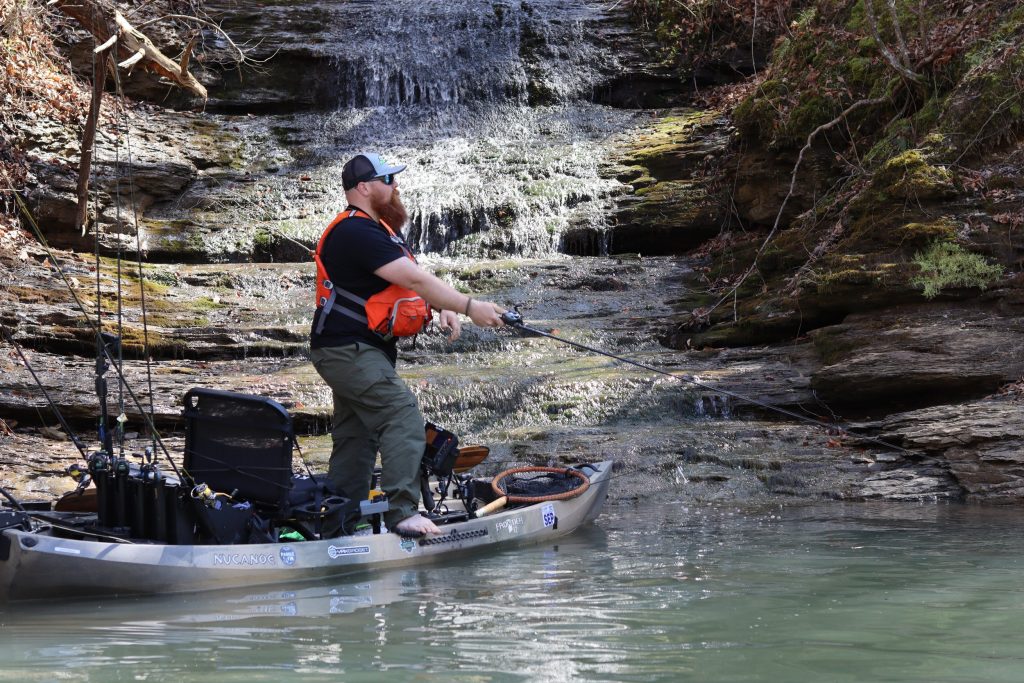
Boating and Kayaking for Fishing
Boating and kayaking are popular methods to access various freshwater habitats for fishing. Using boats, fishermen can cover greater distances and find the perfect fishing spot, while kayaks and canoes offer a more nimble and quiet approach, allowing anglers to easily navigate narrow waterways or shallow areas.
Boats come in various sizes and styles, tailored to specific types of freshwater environments. Fishing boats designed for lakes and rivers are generally 8-10 meters in length and 1-1.5 meters in breadth. These boats are stable and offer ample space for anglers and equipment. Larger boats may also include specialized features such as fishfinders, live wells, and trolling motors, further enhancing the fishing experience.
Kayaks and canoes, on the other hand, are smaller, lighter, and more maneuverable, making them ideal for exploring remote areas with shallow waters or dense vegetation. These watercraft enable anglers to access fishing spots that may be unreachable by larger boats. Paddling a kayak or canoe also produces less noise and disturbance, which can be advantageous when targeting skittish fish.
Regardless of the choice of watercraft, safety should always be a top priority. Wearing life jackets and equipping vessels with the necessary safety gear is crucial. In addition, researching local regulations regarding boat size, motor usage, and allowed access areas can help ensure a successful and enjoyable fishing trip.
In conclusion, both boats and kayaks offer a range of advantages for freshwater fishing. By choosing the appropriate watercraft for a particular environment, anglers can enhance their fishing experience and increase their chances of catching fish. It's essential, though, to adhere to safety precautions and respect local regulations to enjoy fishing responsibly.
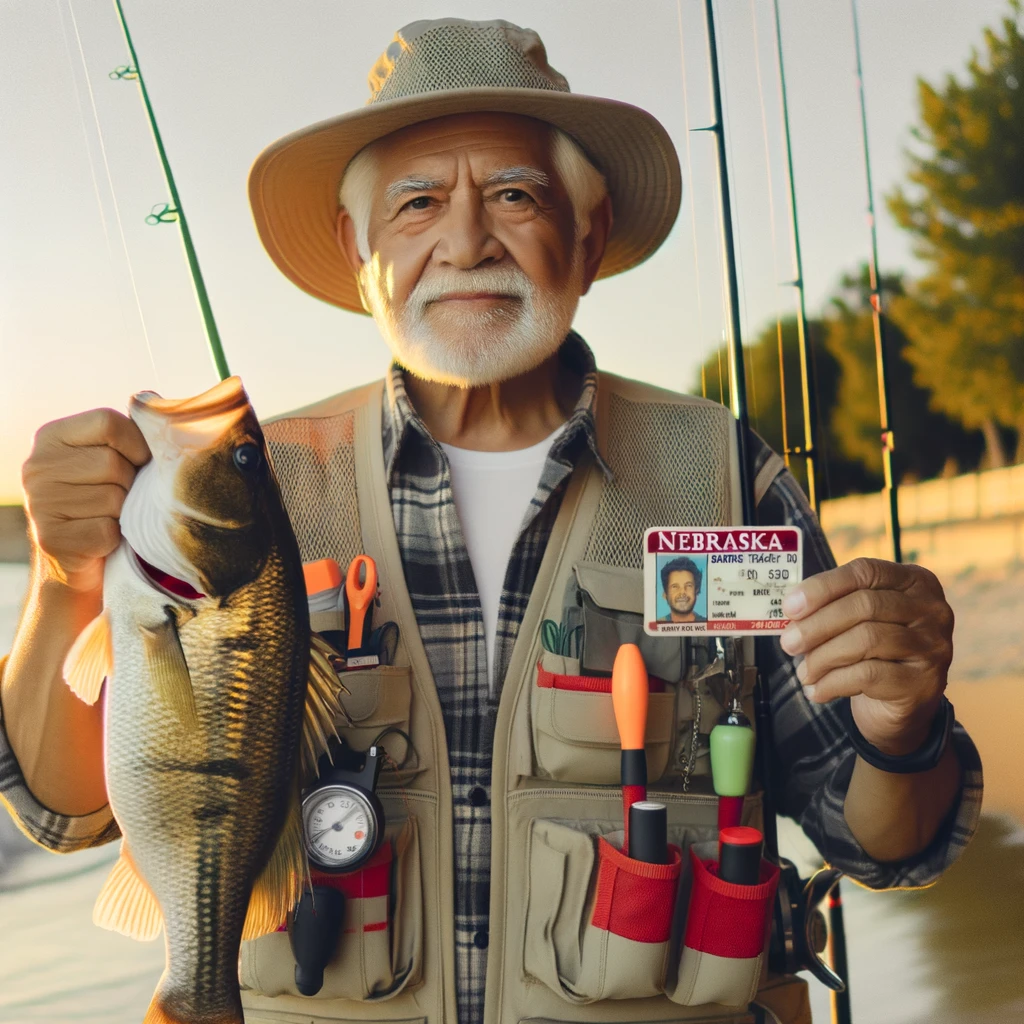
Understanding Fishing Licenses
Fishing licenses are essential for maintaining the health and sustainability of freshwater recreational fisheries. They serve as a management tool for regulating angler activities and assisting in conservation efforts. By obtaining a fishing license, anglers contribute to the maintenance of freshwater ecosystems, support the local economy, and promote responsible access to natural resources.
There are different types of fishing licenses based on factors such as residency, eligibility, and duration. Freshwater fishing licenses are typically available as annual or lifetime licenses. The cost and requirements may vary depending on the region or state where the angler resides. In addition to individual licenses, some jurisdictions also offer combination licenses that cover various activities like hunting and freshwater fishing.
Anglers need to be aware of the specific regulations for the waters they plan to fish in. Some states in the United States, like Texas, require both residents and non-residents to have valid fishing licenses for freshwater fishing. These regulations help protect the fish population, maintain stocking programs, and support ongoing fisheries management efforts.
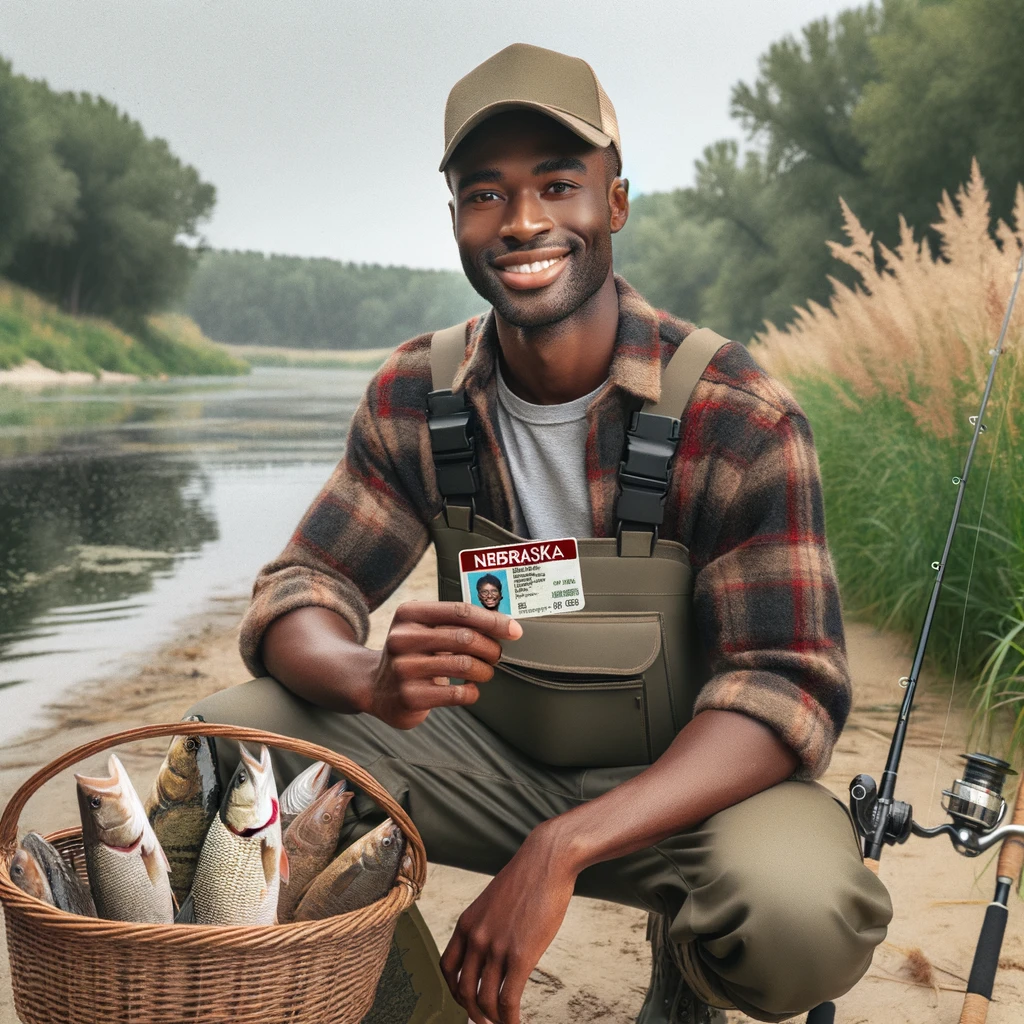
The revenue generated from fishing license fees helps fund conservation, habitat restoration, and other projects that contribute towards a sustainable fishery. Furthermore, the popularity of freshwater recreational fishing and the resulting fishing license sales make it an important subject for understanding the needs and preferences of the angler community.
In conclusion, fishing licenses are a critical component for sustainable freshwater recreational fishing. They provide financial support for various conservation initiatives, enforce responsible angling practices, and contribute to the broader understanding and management of the social-ecological system of fisheries.

Frequently Asked Questions
What are some essential freshwater fishing gear for beginners?
For beginners, essential freshwater fishing gear includes a fishing rod and reel, fishing line, hooks, sinkers, bobbers, and a tackle box. It's important to start with basic equipment and gradually upgrade as skills develop. Having a good fishing rod is crucial for a successful and enjoyable fishing experience.
Which fishing techniques are most effective in freshwater?
There are several effective freshwater fishing techniques, such as spinning, baitcasting, fly fishing, and jigging. The right technique often depends on the targeted fish species and specific water conditions. Experimenting with various methods and understanding the social context of site selection can help improve results.
What are the prime timing for freshwater fishing?
The prime timing for freshwater fishing is generally during early morning or late afternoon, as fish are more active during these times. Seasonal factors also impact fish behavior and feeding patterns. For example, spring and fall are often considered the best seasons for successful freshwater fishing.
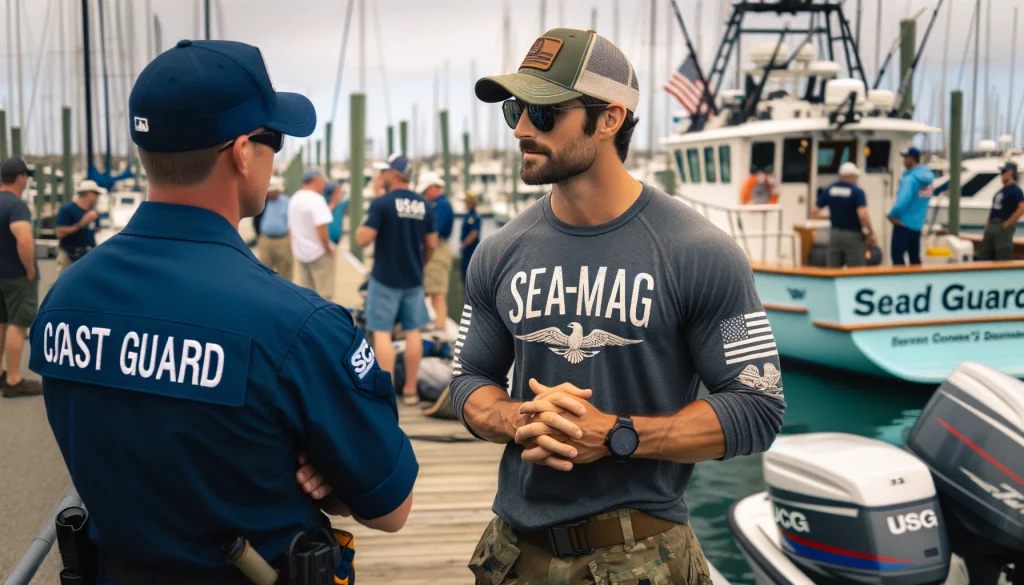
Which types of bait work best for common freshwater fish species?
Live bait such as worms, minnows, and insects can be irresistible to many freshwater fish species. Artificial baits like lures and flies are also effective options. The choice of bait depends on factors such as the target species, water conditions, and angler's experience level.
What are some popular freshwater fishing locations in California?
California has numerous freshwater fishing destinations, including Lake Shasta, Clear Lake, Lake Cachuma, and the Sacramento River. These locations are known for their scenic beauty and diverse fish populations, ranging from trout to bass. It's essential to research regional species and habitats to optimize fishing success in these areas.
Which fishing rods are suitable for different freshwater species?
Choosing the right fishing rod depends on factors like the target species, angler's skill level, and fishing technique. For example, lightweight spinning rods are suitable for small to medium-sized fish, while heavy baitcasting rods are ideal for targeting larger species. Understanding the requirements for specific fish species is crucial for selecting appropriate fishing equipment.
Charlie is Editor-in-Chief of Sea Magazine





